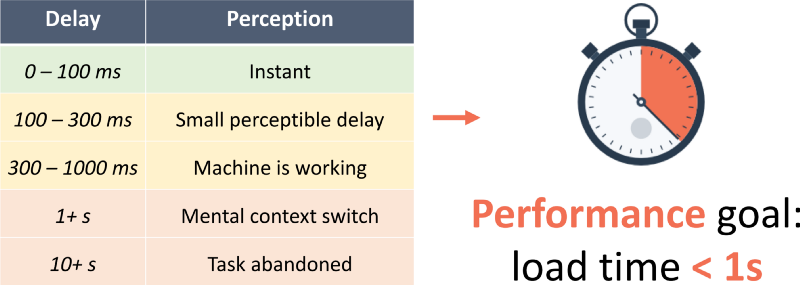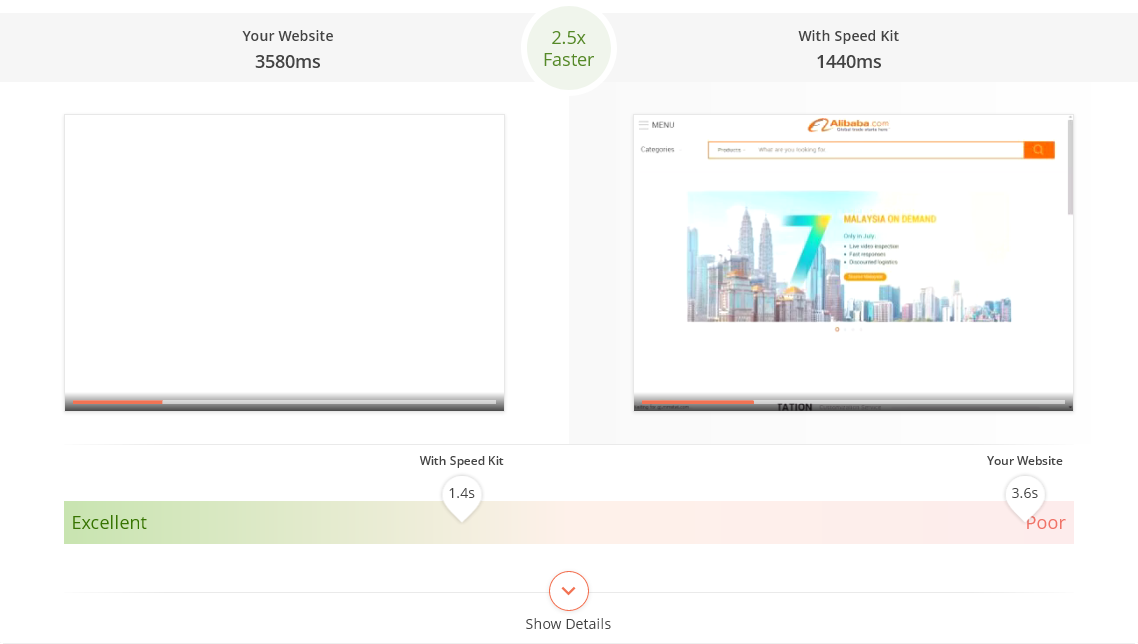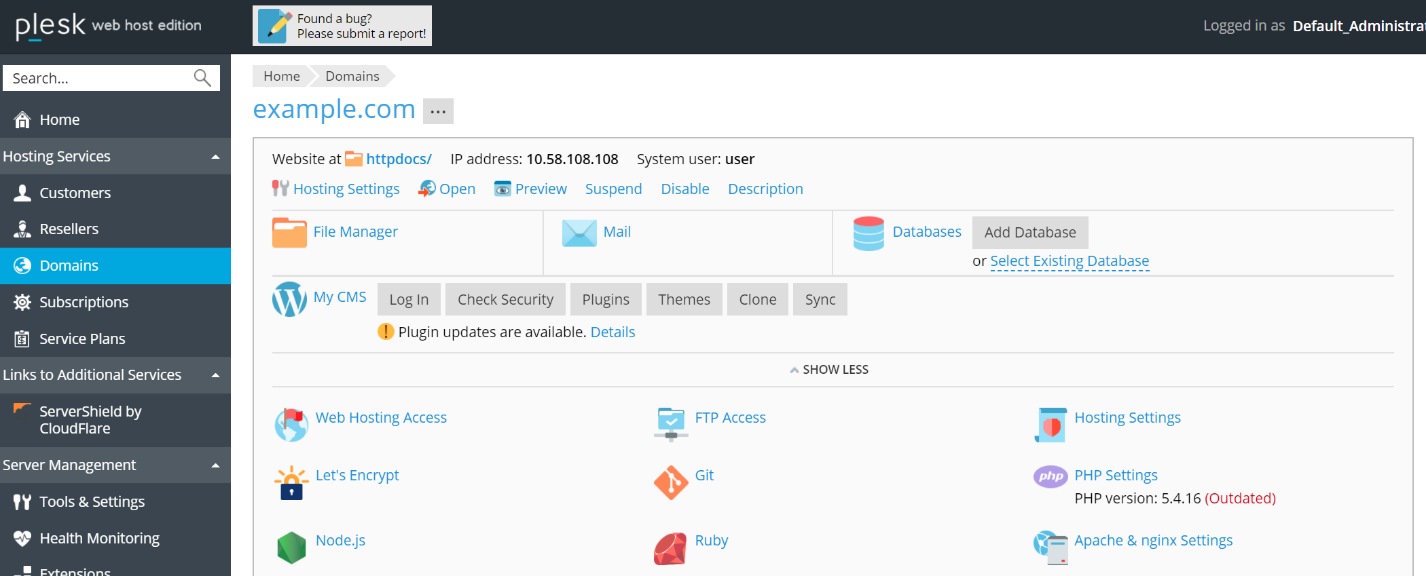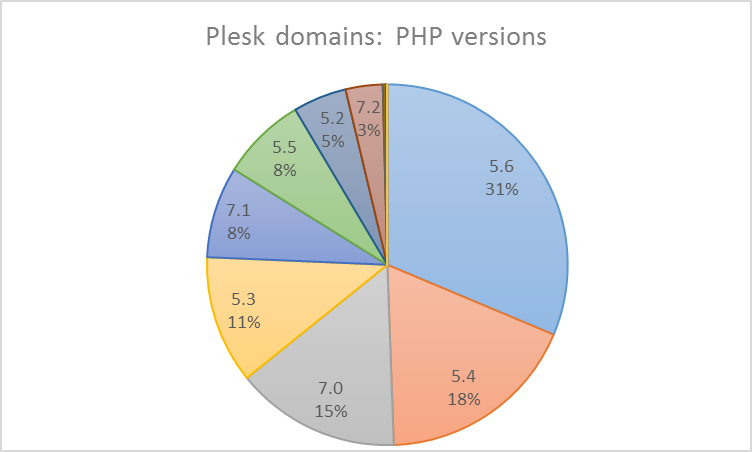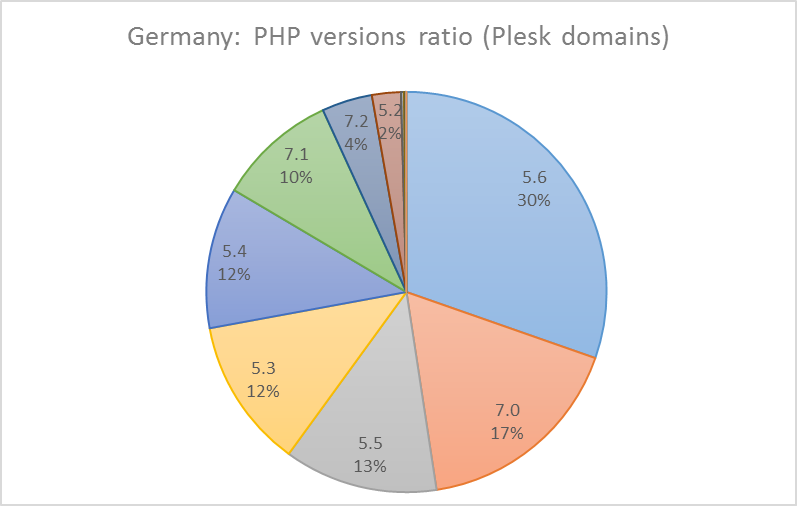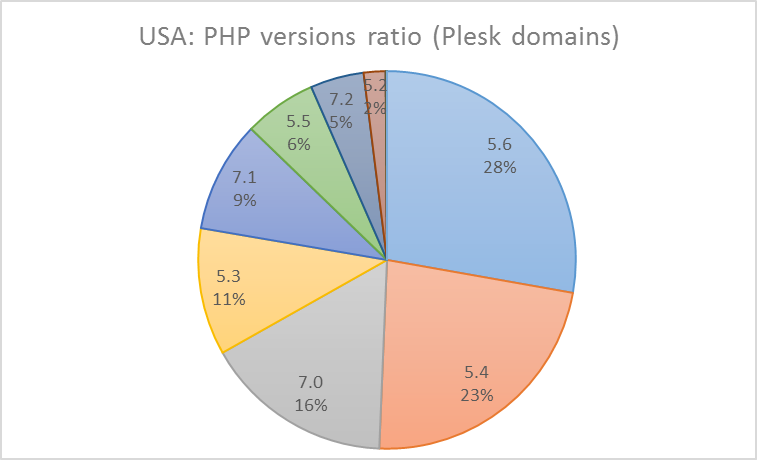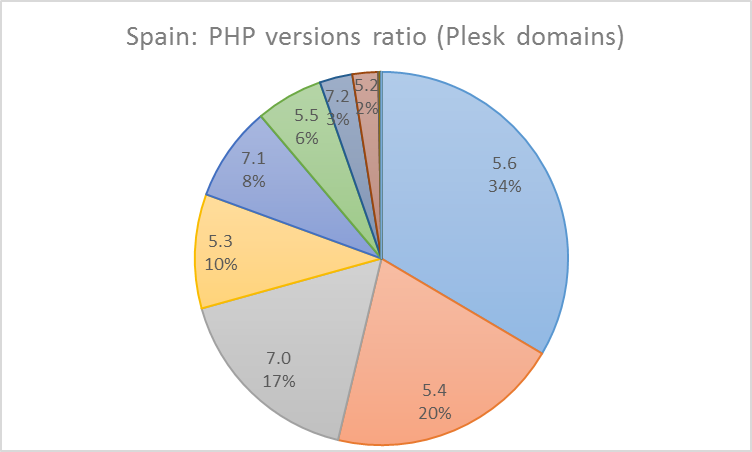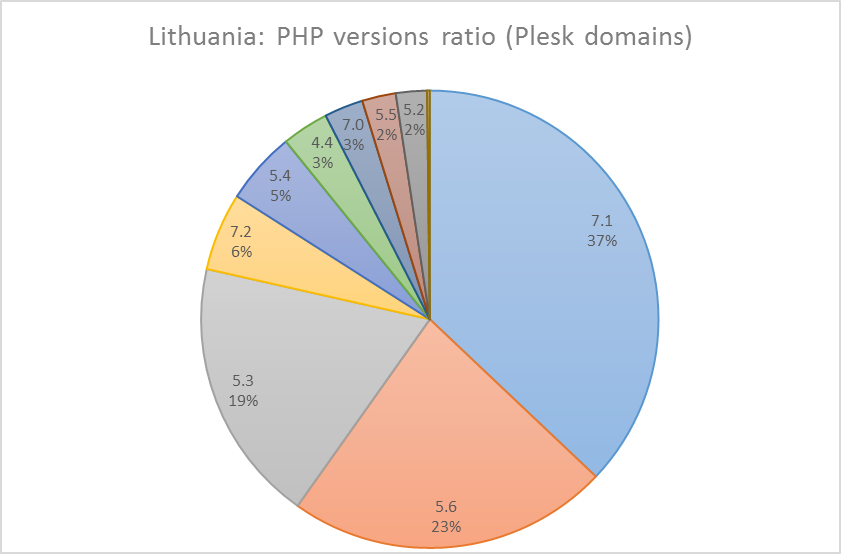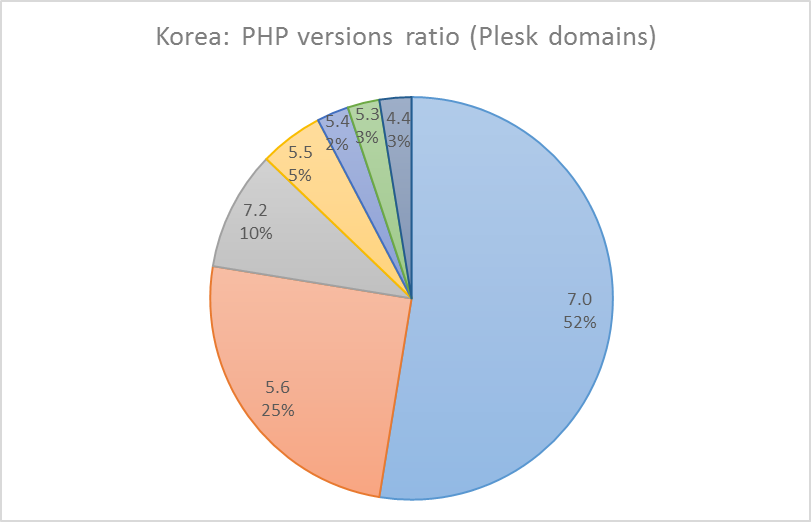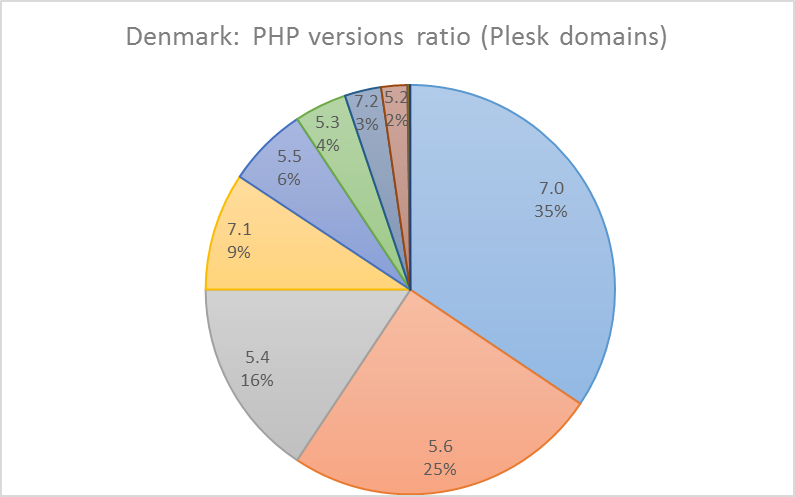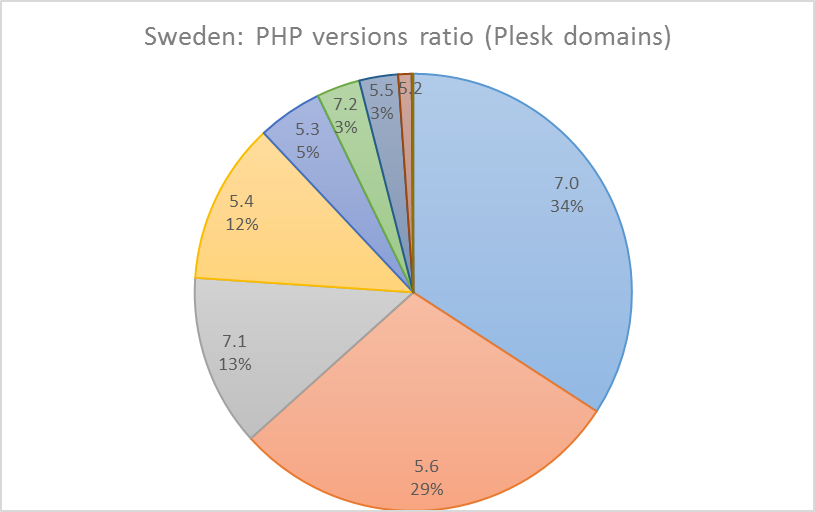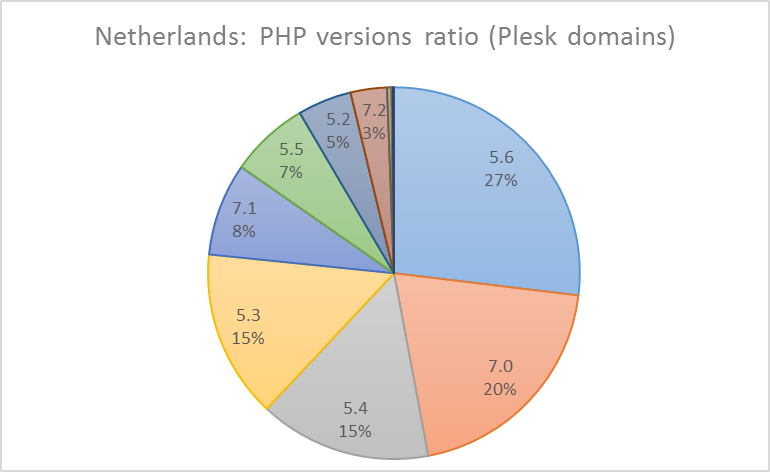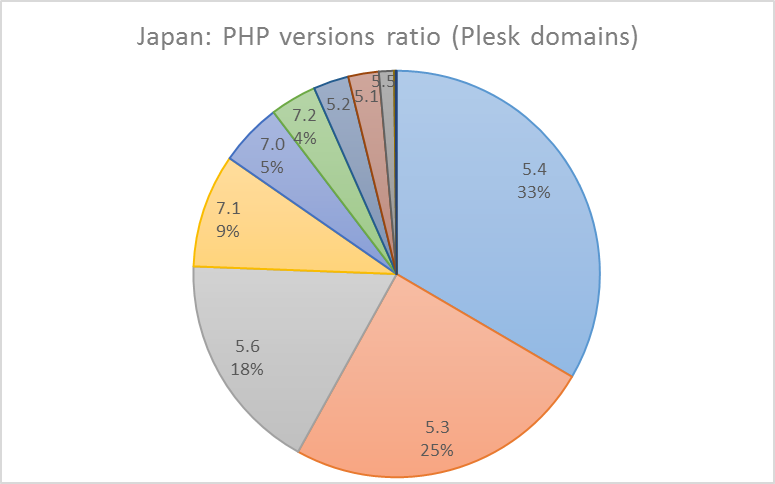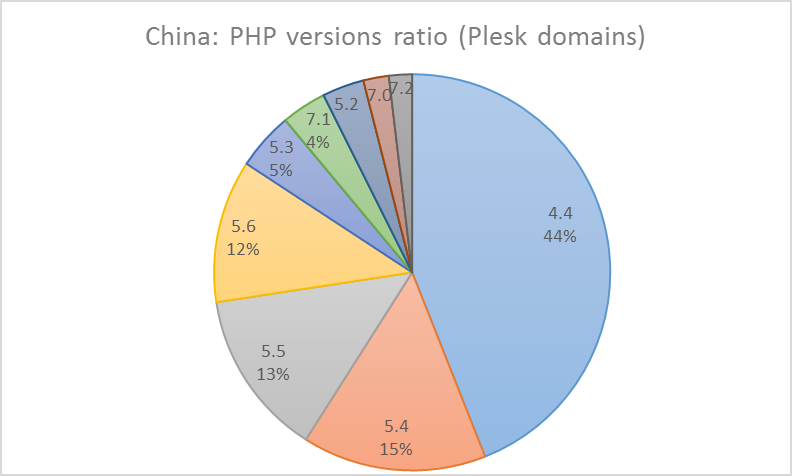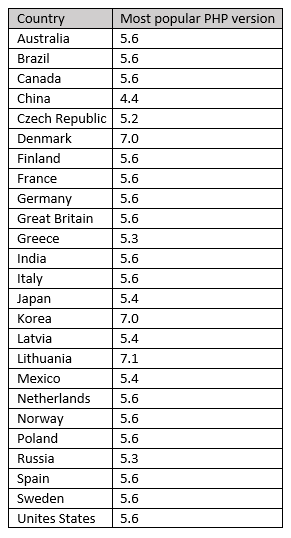Web performance is critical for business success. Because users simply leave a page when loading takes too long. Although conversion rates, user satisfaction, and more pivotal measures suffer from slow page loads, even modern websites feel sluggish.
Because lost time means lost users
Cognitive science suggests people start losing focus after just one second. Above that one-second threshold, users divert their attention elsewhere. Maybe some will be patient and wait for your page to load. However, the overwhelming majority will abandon their tasks.
How fast does your website feel?
Before you start optimizing your page loads, you first need to measure how fast they actually are. Typical web performance metrics relate to the Time To First Byte (TTFB), DomContentLoaded, or other technical aspects of the page load. While those measurements help your engineers to perform diagnostics or low-level optimizations, they don’t tell you how fast your website feels to customers.
Because user-perceived performance depends on when the first relevant content is displayed. Or when the user can start interacting with the page. The time until the First Meaningful Paint (FMP) is a performance metric that aims to quantify this subjective part of user experience.
Moreover, the FMP captures how long it takes for the first important page elements to appear. Like, the headline and text in a blog, or the search bar and product overview in an e-shop. We define FMP as the moment when one experiences the greatest visual change. Since identifying the greatest visual change requires video analysis, you need a sophisticated tooling to measure FMP.
Can you track user-perceived performance?
Thankfully, extensions like Plesk’s new Speed Kit, can help you monitor and boost web performance in a couple of clicks. It comes with its own FMP measurement tool. So as soon as you install the extension, it analyzes all your Plesk websites. For each one, Speed Kit generates a performance report and captures the loading process on video.
The video shows how fast the current page load is (left) and how fast it could be (right) with optimizations. In the details, you can find performance hints that briefly describe the possible optimizations, and how they affect performance. You can resolve your performance issues by implementing these hints yourself. Or you can activate Speed Kit for a particular domain and let it do the work for you.
The Speed Kit Extension also helps you track the FMP for all your individual domains. By checking Speed Kit’s overview panel, you can keep an eye on whether your customers feel your website‘s fast. The extension will tell you whether your websites’ FMPs are already optimized. Or whether you‘re losing valuable time on page load.
Let Speed Kit auto-optimize and boost your page loads
Speed Kit doesn’t just estimate possible site performance improvements, but also implements them and measures the actual uplift. It works with any website and can be activated in three steps.
(1) click on Install Speed Kit
(2) click on Configure Speed Kit
(3) follow the instructions provided by the Speed Kit Wizard.
For WordPress users, installation is even simpler. Watch how to optimize your page using 1-click installation for WordPress websites:
Speed Kit applies top technology to your site, like transparent image optimization, CDN caching, warm HTTP/2 connections, and more. Try it – and accelerate your Joomla, Typo3, or custom website.
Page load time is money
Losing time in the web means losing money in business. It’s hard to find performance bottlenecks and even harder to fix them. But with Plesk and Speed Kit, you can do both!
The post Another way to make sites load faster appeared first on Plesk.
